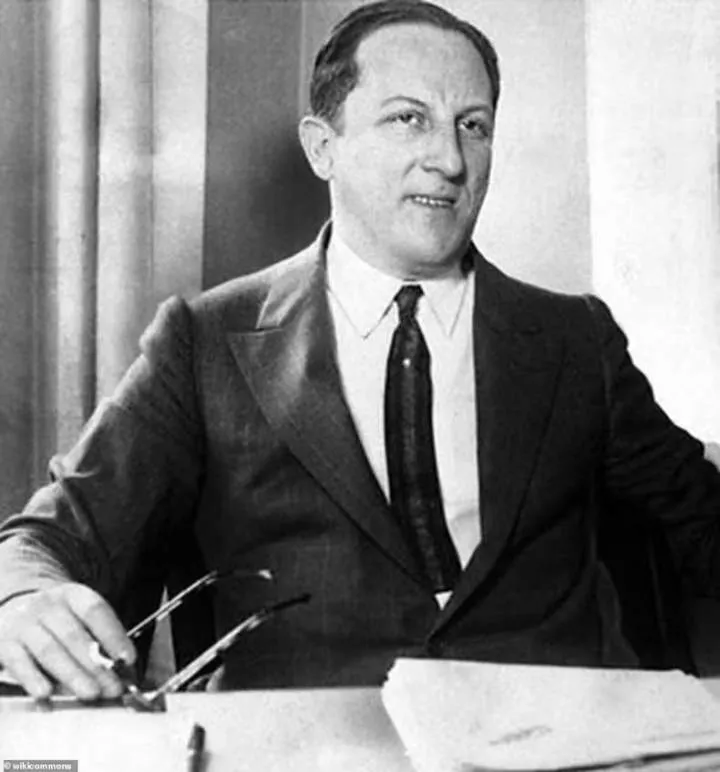![Alfred Loewenstein was recognised as the world's third richest person at the time of his death [Morbidful] Alfred Loewenstein was recognised as the world's third richest person at the time of his death [Morbidful]](https://static.netnaija.com/i/0ZNP2wOQ78e.webp)
Alfred Loewenstein, the Belgian businessman was travelling by plane over the English Channel. To the surprise of his fellow passengers, the millionaire disappeared at some point. What exactly happened?
The story of Alfred Loewenstein still raises many questions and doubts.
Alfred Loewenstein was a Belgian financier whose "golden period" was in the 1920s. His fortune was valued at £12 million, which is equivalent to over £750 million today.
Loewenstein was widely known and his investment office did very well. The businessman also bought a stable and a horse racing track, which also brought him income. The success story had a tragic ending.
How Alfred Loewenstein disappeared
On July 4, 1928, Loewenstein boarded a plane that took off from Croydon in Great Britain and was to land in Brussels. Apart from him, there were six people on board.
As the plane flew over the English Channel (which separates Britain from France), Loewenstein went to the toilet at the back of the cabin. When the businessman took a suspiciously long time to return, his secretary went to check if he was okay. She was surprised to find that the toilet was empty and the plane's entrance door was open and flapping in the strong airflow.
The flight crew thought that Loewenstein had confused the entrance door with the toilet door and fell out of the plane (the door at the back opened into a short corridor with two doors: one led to the toilet, the other was the entrance door).
At the time of the businessman's disappearance, the plane was approximately 1.2 km above the level of the sea canal. Those on board realised with horror that the millionaire had no chance of survival.
The plane first stopped at a nearby beach and then reached the French airport in Saint-Inglevert to notify the services about the unexpected situation.
The Evening Independent newspaper, in its issue of July 5, 1928, reports that "there are rumours of Loewenstein's suicide," although "the Brussels office denies that the millionaire had such tendencies." The businessman's friends favoured the theory of a tragic accident.
Loewenstein's body was recovered from the sea by French fishermen on July 12, 1928. It was recognised thanks to the characteristic watch on the millionaire's wrist.
Accident? It's hard to prove

Information about Loewenstein's death triggered a panic sale of his corporation's shares, causing their value to immediately drop by 50%.
Many did not believe the suicide theory - especially after a test conducted by the Accidents Branch of the British Air Ministry. At an altitude of about 300 metres, one of the ministry employees pushed with all his strength against the plane's entrance door, which opened only 150 mm - and was immediately thrown inside the plane when the airflow violently slammed the door shut. It was then found that accidentally opening the door at an even greater height was simply impossible...
An autopsy showed that the Belgian millionaire died of a skull fracture. According to doctors, he was still alive when he hit the water.
















Comments